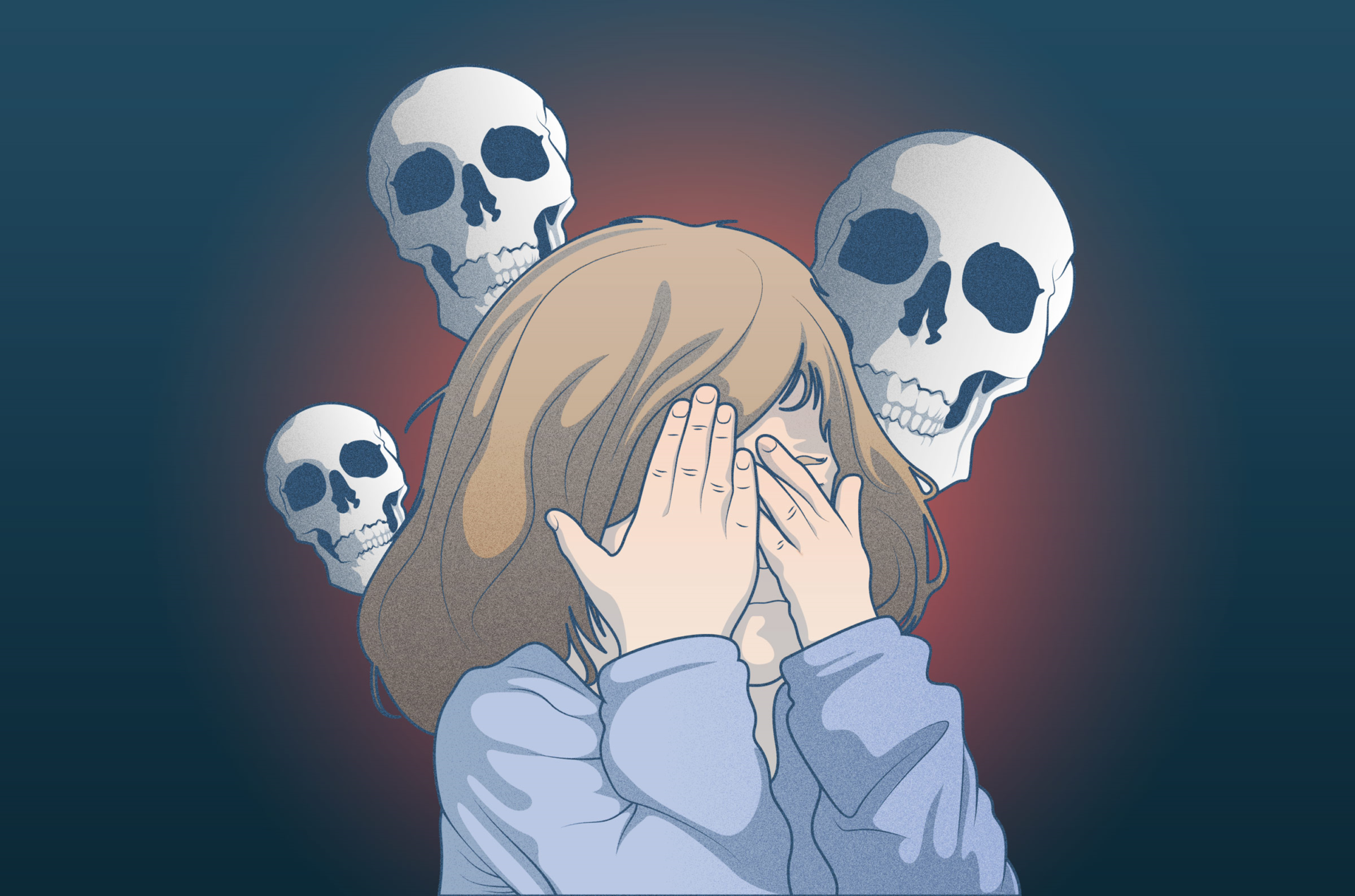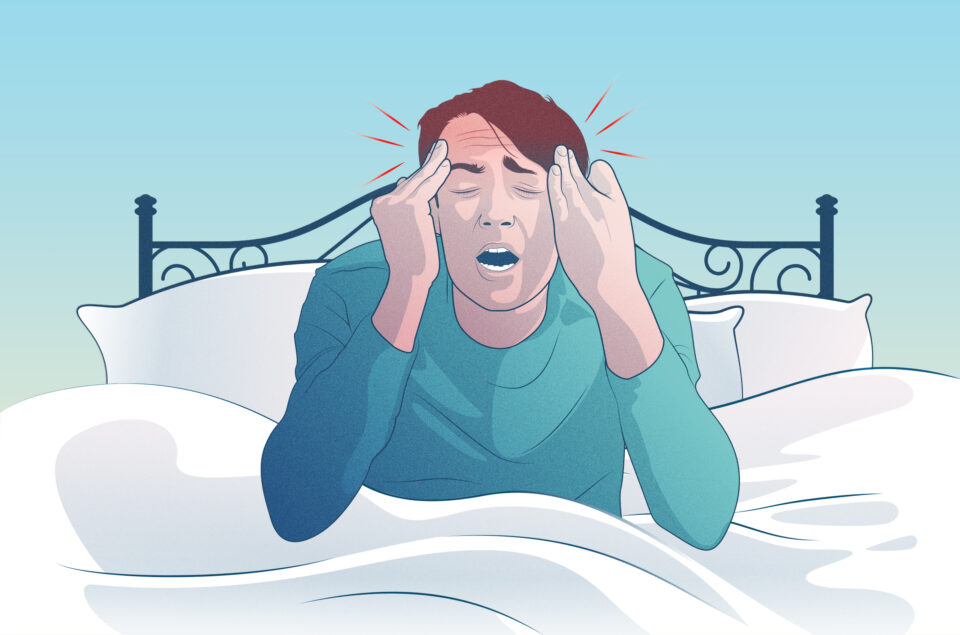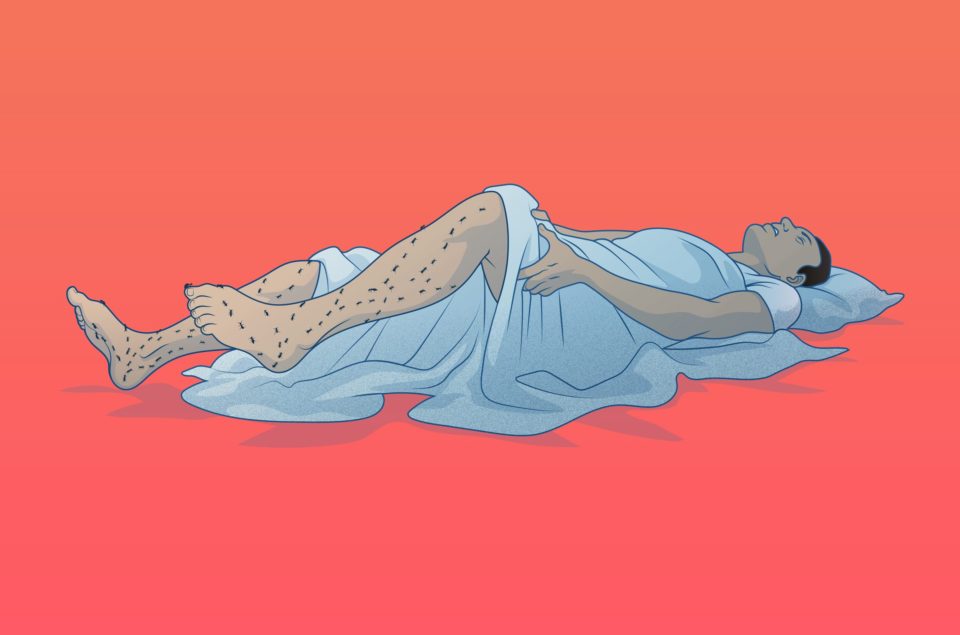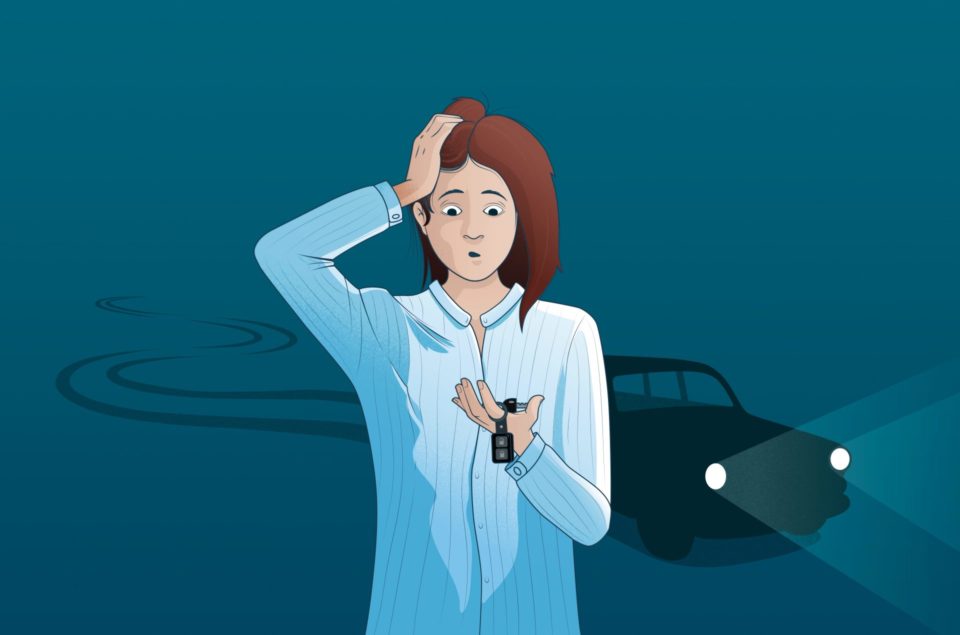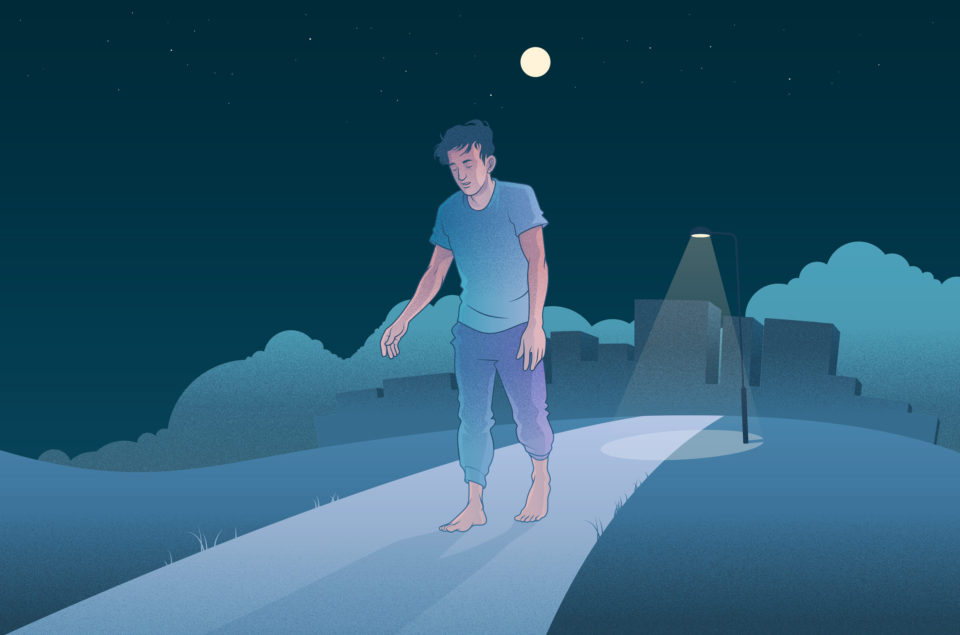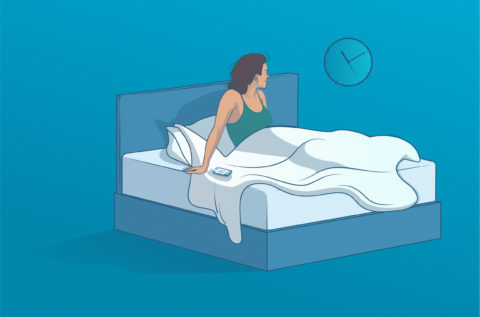The sound of screaming in the middle of the night can be terrifying. For those living with night terrors, or living with someone who experiences them, awakening to shrieks may be a regular occurrence. Yet the recurrence of night terrors will most likely not diminish the feeling of fear and a racing heart each time an episode occurs.
So what causes night terrors? Can they be treated? Let’s dig in and find out if night terrors are something – medically speaking – we should be afraid of.
Jump directly to: How to stop night terrors
What are night terrors? Are they dangerous?
Night terrors, also known as sleep terrors, are nocturnal episodes of screaming, extreme fear, and/or flailing limbs. They are more frequent in toddlers and children, and quite rare in adults. When someone is experiencing a night terror, they may sit straight up with their eyes open, looking panicked. They likely won’t respond to anyone who tries to wake them up or comfort them. They generally occur in the first half of the night, and rarely during naps.
On average, a night terror episode lasts between 30 seconds and three minutes, but in some cases, it can last longer. When the episode ends, the person will usually fall back asleep peacefully. Despite the intensity, they typically won’t remember their night terror episode at all the following morning
As alarming as they can be, night terrors are not usually linked to an underlying disease medical condition or psychological disorder. The chilling episodes are a type of parasomnia – sleep disorders in which odd and unusual events occur and disrupt sleep.
Who experiences sleep terrors?
Sleep terrors are common in children, occurring at least once in 56% of all children up to 13 years old. Up to 6.5% of children experience night terrors regularly, typically beginning as young as one and a half years old. Seeing your child experience a night terror can be very upsetting, however, take comfort in knowing that in most cases, they will grow out of them. Though night terrors occur much less frequently past adolescence, 2.2% of adults experience sleep terror episodes.
Symptoms in adults and children
During an episode, an individual may:
- Scream or shout
- Sit up in bed frightened
- Sweat, with a racing pulse, heavy breath or flushed face
- Start sleepwalking or kicking, showing aggressive behavior
- Be hard to awaken
- Stare wide-eyed
What causes night terrors in children and toddlers?
Most parasomnias, which include night terrors, sleepwalking, and sleep talking, are caused by a genetic predisposition. If a parent or sibling experiences parasomnia, the child is more likely to do the same.
Individuals with other sleep disorders, including sleep apnea, nocturnal asthma, and restless leg syndrome, are more likely to experience night terrors. Sleepwalking and night terrors also appear to be linked. Both can be caused by improper arousal during deep (or slow-wave) sleep, leaving them somewhere in a state between wakefulness and sleep. Those who regularly experience night terrors may have difficulty sustaining deep sleep.
Causes of night terrors in adults
According to the American Sleep Association, night terrors in adults are also associated with sleep disorders, neurological disorders, and alcohol consumption. However, further research is needed to prove if adults who suffer from frequent episodes are at risk of living with depression, bipolar disorder, or anxiety. It’s unclear if these conditions contribute to night terrors or vice versa.
Additional triggers include:
- Sleep deprivation
- An unfamiliar sleep location
- Medication
- Migraines
- An overly full bladder
- Stress (physical or emotional)
- Fever (especially in children)
- Substance abuse
- Head and brain injury
- Hyperthyroidism
- Noise or light
Night terrors vs nightmares: what’s the difference?
Nightmares are terrifying and unsettling dreams that are sometimes severe enough to wake you up, but they are not the same as night terrors:
| Night terrors | Nightmares | |
| Sleep stage | Deep Sleep | REM phase |
| Main cause | Genetic predisposition, disrupted brain waves, other triggers (sleep disorders, sleep disruption) | Stress, trauma, concerns, life conflicts |
| Activity | Physical movements, sleep talking (screams) | Episodes may include sleep talking |
| Waking up | Difficult or almost impossible to remember, confusion and difficult awakening | Easily remembered, lucid state and awareness |
| Prevalence | More common before age 25 – only 1-2% of adults affirm having experienced night terrors. 50% of kids under age 13 have had night terrors, emerging at 18 months. | All adults experience nightmares in their lifetime. The same applies to kids – although they emerge at age 3 |
Can melatonin cause night terrors or nightmares?
There’s not enough research to fully affirm that melatonin can trigger night terrors or be used as a method to avoid them. It has been proven that some drugs like lithium can deepen sleep and make night terrors more frequent. On the other hand, a 2015 study suggested that melatonin might be directly involved in different processes that control dreams and nightmares during REM sleep. However, more research is needed to clarify this link.
What to do during a night terror?
Do not try to wake someone during a night terror episode as doing so could make the episode last longer and result in you getting injured. If you are living with someone who experiences frequent night terrors, make sure that the bedroom is free from potentially dangerous items. Parents who are contemplating how to keep their children safe during episodes of night terrors could consider a safety guard on a child’s bed to keep them from falling out of it, or put a mattress on the ground beneath their bed to provide cushioning in case of a fall.
How to stop night terrors
If you or your child have severe and frequent night terrors – more than twice a week – you should consider consulting a doctor. Medical professionals can work with you on a tailored treatment plan or therapy and can help determine if your night terrors are linked to another sleep disorder or medical condition.
However, for children or toddlers who are experiencing infrequent episodes, treatment is most likely unnecessary. Sleep terrors often stop on their own as children grow and their nervous systems develop. However, even if night terrors are infrequent in adults or children, there are some steps towards better sleep hygiene that can help prevent or stop the episodes:
- Adopt a regular sleep schedule: sleep deprivation is a common trigger for night terrors, so to give you and your child the best chance of getting quality sleep, try to go to bed and wake up at the same time consistently, even during the weekends.
- Reduce stress: plan a calming bedtime routine with your child that you both can look forward to at the end of the day. For adults, include a relaxing routine that allows you to wind down and clear your mind and body of the day’s stresses.
- Keep a sleep diary / track your sleep: apart from the information given by your bed partner about the episodes, tracking your sleep or keeping a sleep diary is a good way to check how sleep habits affect your daily life or how your mood or habits affect your sleep and if they might trigger the episodes.
- Limit caffeine intake or other stimulants: avoid tea, coffee, energy drinks or alcohol right before bedtime as they can trigger episodes at night. In children, it is better to keep away stimulants (like electronic devices) and hard to digest food like chocolate or sugary/fried foods.
- Treat any underlying condition. If the sleep terrors are associated with an underlying medical or another sleep disorder, seek treatment for the underlying problem.
- Anticipatory awakening: There are some studies suggesting that waking up a child or adult 15 or 30 minutes before an episode is often effective to avoid it. However, further research is also necessary to test if scheduled awakening is effective in preventing night terrors.
Once you know more about them, night terrors may not feel so scary after all!
